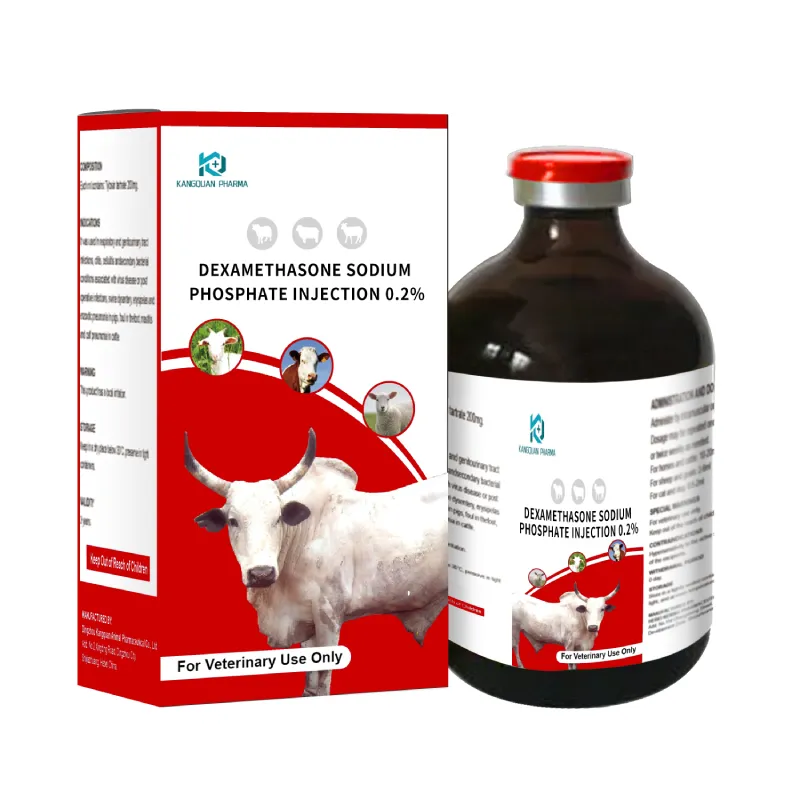- Afrikaans
- Albanian
- Amharic
- Arabic
- Armenian
- Azerbaijani
- Basque
- Belarusian
- Bengali
- Bosnian
- Bulgarian
- Catalan
- Cebuano
- Corsican
- Croatian
- Czech
- Danish
- Dutch
- English
- Esperanto
- Estonian
- Finnish
- French
- Frisian
- Galician
- Georgian
- German
- Greek
- Gujarati
- Haitian Creole
- hausa
- hawaiian
- Hebrew
- Hindi
- Miao
- Hungarian
- Icelandic
- igbo
- Indonesian
- irish
- Italian
- Japanese
- Javanese
- Kannada
- kazakh
- Khmer
- Rwandese
- Korean
- Kurdish
- Kyrgyz
- Lao
- Latin
- Latvian
- Lithuanian
- Luxembourgish
- Macedonian
- Malgashi
- Malay
- Malayalam
- Maltese
- Maori
- Marathi
- Mongolian
- Myanmar
- Nepali
- Norwegian
- Norwegian
- Occitan
- Pashto
- Persian
- Polish
- Portuguese
- Punjabi
- Romanian
- Russian
- Samoan
- Scottish Gaelic
- Serbian
- Sesotho
- Shona
- Sindhi
- Sinhala
- Slovak
- Slovenian
- Somali
- Spanish
- Sundanese
- Swahili
- Swedish
- Tagalog
- Tajik
- Tamil
- Tatar
- Telugu
- Thai
- Turkish
- Turkmen
- Ukrainian
- Urdu
- Uighur
- Uzbek
- Vietnamese
- Welsh
- Bantu
- Yiddish
- Yoruba
- Zulu
Nov . 06, 2024 05:30 Back to list
Use of Tylosin Tartrate in Chicken Farming for Enhanced Health and Growth
Tylosin Tartrate for Chickens An Overview
Tylosin tartrate is a macrolide antibiotic commonly used in veterinary medicine, particularly in poultry production. This compound is derived from the bacterium *Streptomyces fradiae* and is primarily employed to manage and prevent a variety of bacterial infections in chickens. Given the increasing focus on animal health, food safety, and antibiotic stewardship, understanding the role of tylosin tartrate in poultry is essential.
Mechanism of Action
Tylosin works by inhibiting bacterial protein synthesis. It binds selectively to the 50S subunit of the bacterial ribosome, preventing the elongation of the protein chain, which disrupts the growth and replication of bacteria. This mechanism makes tylosin effective against a range of gram-positive bacteria and some gram-negative pathogens, making it a valuable tool in managing bacterial diseases in chickens.
Indications for Use
In poultry, tylosin tartrate is primarily used to treat and prevent respiratory diseases and enteritis caused by susceptible bacteria. For example, it is effective against Mycoplasma gallisepticum, a bacterium responsible for chronic respiratory disease in chickens. Tylosin can also help in managing necrotic enteritis, a condition often caused by *Clostridium perfringens*. By administering tylosin, poultry farmers can improve the health and well-being of their flocks, leading to better productivity and overall performance.
Administration and Dosage
tylosin tartrate for chickens

Tylosin tartrate is usually administered through feed or water, providing a convenient method for ensuring that all birds receive an adequate dose. The dose typically depends on the specific condition being treated and the age and weight of the chickens. It is essential for poultry producers to follow veterinary guidance to ensure proper dosage and to avoid potential antibiotic resistance.
Benefits of Tylosin Tartrate
The use of tylosin in poultry offers several benefits. First and foremost, it helps in enhancing flock health, which directly correlates with improved growth rates and feed efficiency. Healthy birds are less likely to require medical interventions later in their life, thus reducing overall veterinary costs. Furthermore, using tylosin can decrease mortality rates associated with bacterial infections, leading to better yield and profitability for poultry producers.
Considerations and Regulations
Despite its benefits, the use of tylosin and other antibiotics in livestock has raised concerns about antibiotic resistance. Overuse and misuse of antibiotics can lead to bacteria developing resistance, making subsequent infections harder to treat. Consequently, regulatory bodies in various countries have imposed limitations on the use of certain antibiotics in animal agriculture. Poultry producers must be aware of these regulations and should adopt responsible usage practices to mitigate the risk of developing resistant bacterial strains.
Conclusion
Tylosin tartrate remains an important antibiotic in the poultry industry, playing a crucial role in disease management and prevention. Its effectiveness against various bacterial pathogens, coupled with its ease of administration, makes it a favored option among veterinarians and poultry farmers alike. Nonetheless, responsible use is essential to maintain the efficacy of tylosin and to support public health initiatives aimed at combating antibiotic resistance. By adhering to recommended guidelines and prioritizing flock health, poultry producers can ensure sustainable and ethical practices in their operations.
-
Guide to Oxytetracycline Injection
NewsMar.27,2025
-
Guide to Colistin Sulphate
NewsMar.27,2025
-
Gentamicin Sulfate: Uses, Price, And Key Information
NewsMar.27,2025
-
Enrofloxacin Injection: Uses, Price, And Supplier Information
NewsMar.27,2025
-
Dexamethasone Sodium Phosphate Injection: Uses, Price, And Key Information
NewsMar.27,2025
-
Albendazole Tablet: Uses, Dosage, Cost, And Key Information
NewsMar.27,2025













